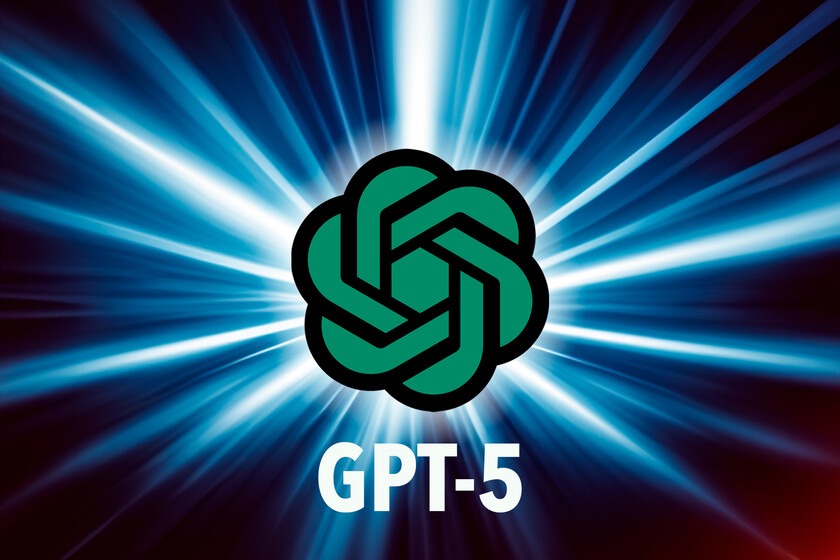OpenAI unveiled GPT-5 as its most advanced model to date. Wrapped in the glow of marketing , GPT-5 was introduced with headlines calling it a leap toward Artificial General Intelligence (AGI). Yet once the announcements fade and real-world testing begins, the picture is less epic: yes, there are tangible improvements , but also setbacks and decisions that raise questions .
The headline feature is its unified architecture. What used to be separate models —GPT-4o, GPT-4.5, o3— now lives inside a single system. An intelligent “router” decides whether a query should be handled by a fast model or a deep reasoning model . This change simplifies life for less technical users and comes with a more polished interface, customization options , and faster responses .
In testing, GPT-5 impresses: in coding , it shows a clear leap forward with fewer errors and better understanding of complex contexts; on sophisticated prompts , its reasoning feels sharper; and in mathematics , although it still stumbles, it delivers more consistent results. There’s even a noticeable reduction in “hallucinations” —those fabricated answers that so often eroded trust— in certain cases.
But the downsides appear quickly. Models like GPT-4o, which excelled in some tasks, are gone. Performance on simple questions is sometimes inconsistent , usage restrictions have increased, and advanced users have lost key tools. For power users, the feeling is clear: accessibility has improved, but at the cost of control and versatility.
So is it the generational leap its name suggests? For many, the answer is no. The “GPT-5” label sounds grand, but in practice it feels more like “GPT-4o Plus” . Even Sam Altman, CEO of OpenAI, admits it is not AGI: it doesn’t learn in real time and remains bound by its training limits.
In daily use, GPT-5 is a powerful tool for those who prioritize speed and simplicity: executives , developers using environments like Cursor , or casual users . But it may disappoint those needing broad context or specific models for niche tasks.
The takeaway : in AI, it’s vital to separate hype from actual value. GPT-5 is a step forward, yes, but not the revolution some want it to be. The challenge is not only building more powerful models, but designing them without forgetting the users who push them to their limits.
#GPT5 #OpenAI #ArtificialIntelligence #AI #DigitalFuture #DigitalTransformation
